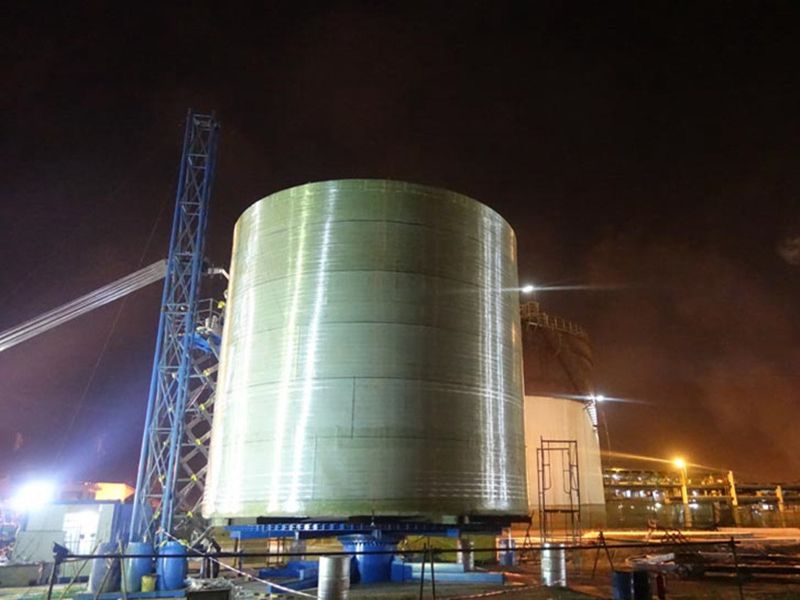
-
 Afrikaans
Afrikaans -
 Albanian
Albanian -
 Amharic
Amharic -
 Arabic
Arabic -
 Armenian
Armenian -
 Azerbaijani
Azerbaijani -
 Basque
Basque -
 Belarusian
Belarusian -
 Bengali
Bengali -
 Bosnian
Bosnian -
 Bulgarian
Bulgarian -
 Catalan
Catalan -
 Cebuano
Cebuano -
 China
China -
 China (Taiwan)
China (Taiwan) -
 Corsican
Corsican -
 Croatian
Croatian -
 Czech
Czech -
 Danish
Danish -
 Dutch
Dutch -
 English
English -
 Esperanto
Esperanto -
 Estonian
Estonian -
 Finnish
Finnish -
 French
French -
 Frisian
Frisian -
 Galician
Galician -
 Georgian
Georgian -
 German
German -
 Greek
Greek -
 Gujarati
Gujarati -
 Haitian Creole
Haitian Creole -
 hausa
hausa -
 hawaiian
hawaiian -
 Hebrew
Hebrew -
 Hindi
Hindi -
 Miao
Miao -
 Hungarian
Hungarian -
 Icelandic
Icelandic -
 igbo
igbo -
 Indonesian
Indonesian -
 irish
irish -
 Italian
Italian -
 Japanese
Japanese -
 Javanese
Javanese -
 Kannada
Kannada -
 kazakh
kazakh -
 Khmer
Khmer -
 Rwandese
Rwandese -
 Korean
Korean -
 Kurdish
Kurdish -
 Kyrgyz
Kyrgyz -
 Lao
Lao -
 Latin
Latin -
 Latvian
Latvian -
 Lithuanian
Lithuanian -
 Luxembourgish
Luxembourgish -
 Macedonian
Macedonian -
 Malgashi
Malgashi -
 Malay
Malay -
 Malayalam
Malayalam -
 Maltese
Maltese -
 Maori
Maori -
 Marathi
Marathi -
 Mongolian
Mongolian -
 Myanmar
Myanmar -
 Nepali
Nepali -
 Norwegian
Norwegian -
 Norwegian
Norwegian -
 Occitan
Occitan -
 Pashto
Pashto -
 Persian
Persian -
 Polish
Polish -
 Portuguese
Portuguese -
 Punjabi
Punjabi -
 Romanian
Romanian -
 Russian
Russian -
 Samoan
Samoan -
 Scottish Gaelic
Scottish Gaelic -
 Serbian
Serbian -
 Sesotho
Sesotho -
 Shona
Shona -
 Sindhi
Sindhi -
 Sinhala
Sinhala -
 Slovak
Slovak -
 Slovenian
Slovenian -
 Somali
Somali -
 Spanish
Spanish -
 Sundanese
Sundanese -
 Swahili
Swahili -
 Swedish
Swedish -
 Tagalog
Tagalog -
 Tajik
Tajik -
 Tamil
Tamil -
 Tatar
Tatar -
 Telugu
Telugu -
 Thai
Thai -
 Turkish
Turkish -
 Turkmen
Turkmen -
 Ukrainian
Ukrainian -
 Urdu
Urdu -
 Uighur
Uighur -
 Uzbek
Uzbek -
 Vietnamese
Vietnamese -
 Welsh
Welsh -
 Bantu
Bantu -
 Yiddish
Yiddish -
 Yoruba
Yoruba -
 Zulu
Zulu
frp sheet
FRP Sheet Revolutionizing Construction and Design
Fiber Reinforced Polymer (FRP) sheets have emerged as a groundbreaking material in modern construction and design, revolutionizing the way industries approach structural integrity and aesthetic appeal. This innovative composite material is composed of a polymer matrix reinforced with fibers, typically glass, carbon, or aramid. The unique properties of FRP sheets make them an ideal choice for a variety of applications, ranging from civil engineering to architectural design.
FRP Sheet Revolutionizing Construction and Design
Additionally, FRP sheets exhibit outstanding resistance to environmental degradation. Unlike traditional materials such as steel and wood, which can succumb to rust, rot, or corrosion, FRP sheets maintain their integrity and durability over time. This resistance makes them particularly advantageous in applications exposed to harsh chemicals or extreme weather conditions, such as wastewater treatment plants or coastal infrastructures. As a result, infrastructure longevity is significantly improved, leading to reduced maintenance costs and extended service life.
frp sheet

Aesthetically, FRP sheets also offer a broad range of design possibilities. They are available in various colors, textures, and finishes, allowing architects to create visually striking exteriors without sacrificing performance. This versatility means that FRP sheets can be easily integrated into modern architecture, promoting innovative designs that reflect contemporary aesthetics while maintaining functionality.
Furthermore, the ease of installation associated with FRP sheets cannot be overlooked. Their lightweight nature allows for simpler handling and quicker construction processes. This efficiency is particularly valuable in projects where time is of the essence or where access is limited.
In conclusion, FRP sheets are reshaping the landscape of construction and design. Their unique properties—strength, lightweight, environmental resistance, aesthetic versatility, and ease of installation—make them a prime choice for modern applications. As industries continue to adopt and innovate with FRP technology, the potential for even more advanced and sustainable solutions will undoubtedly emerge, paving the way for the future of construction and design.









